Patterns in photography is one of the fascinating aspects which helps to create visually appealing and intriguing images. In this article, we will delve into the world of patterns in photography, explaining what they are and how to incorporate them into your photographs.
Understanding Patterns
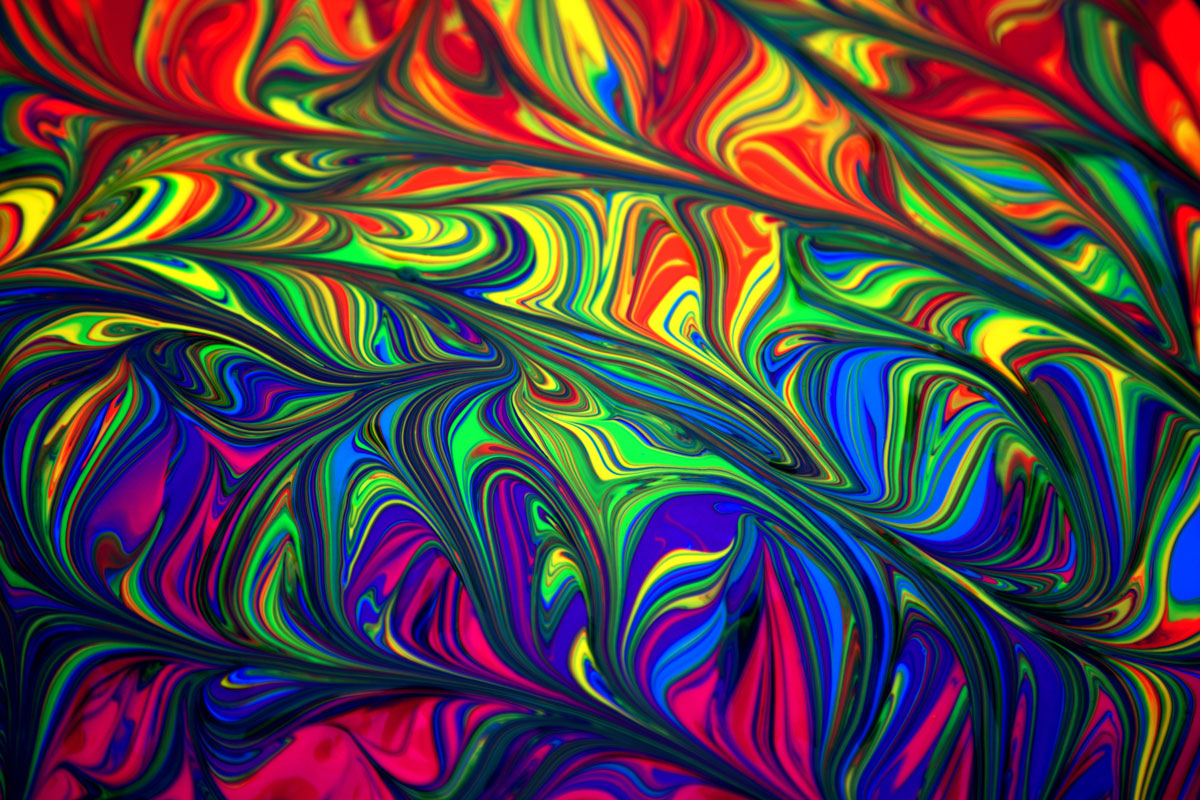
Patterns are regular and repetitive arrangements of elements within an image. They can be found in various forms in nature, architecture, and everyday life. Identifying and highlighting patterns can add depth and interest to your photos, making them more visually engaging.
Types of patterns
Patterns in photography come in various forms, and each type adds a unique visual element to your photographs. Let’s explore these types briefly:
Natural Patterns
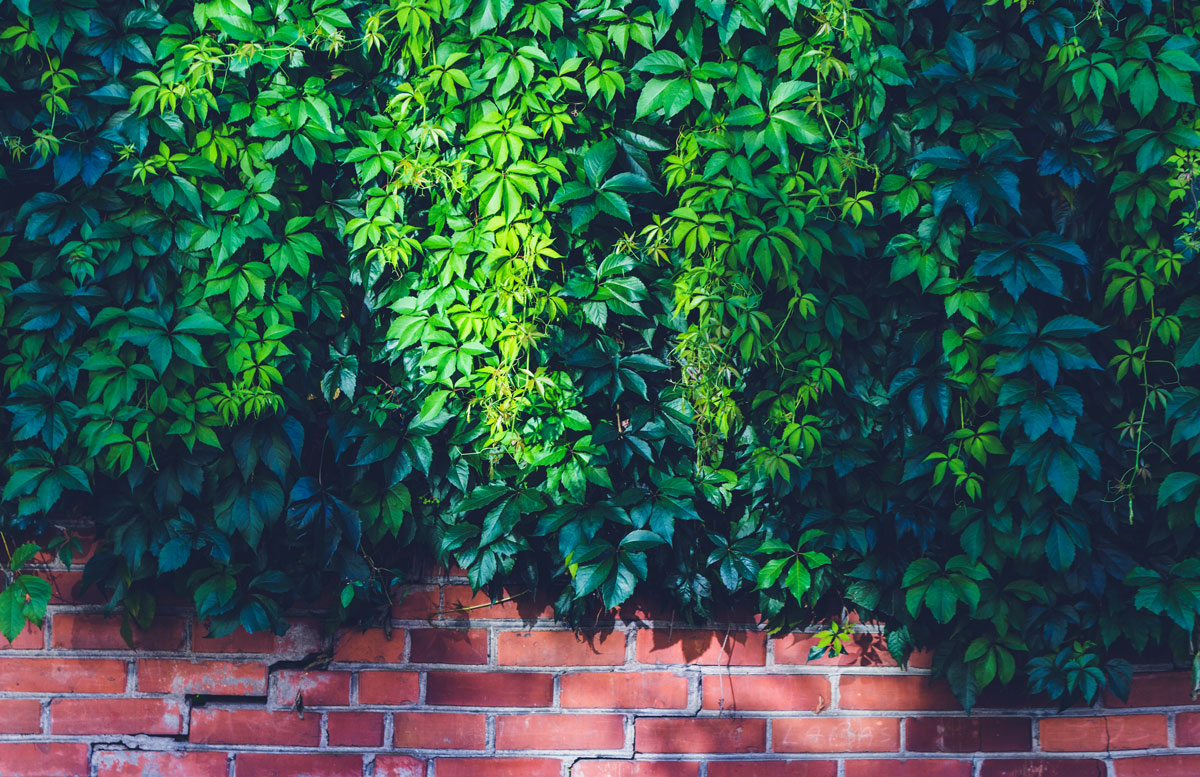
These patterns are found in the natural world and often showcase the beauty of symmetry and repetition. Examples include the concentric rings on a tree stump, the spirals of a seashell, or the waves on the surface of water. Natural patterns can create a sense of harmony and tranquility in your photos.
Artificial Patterns
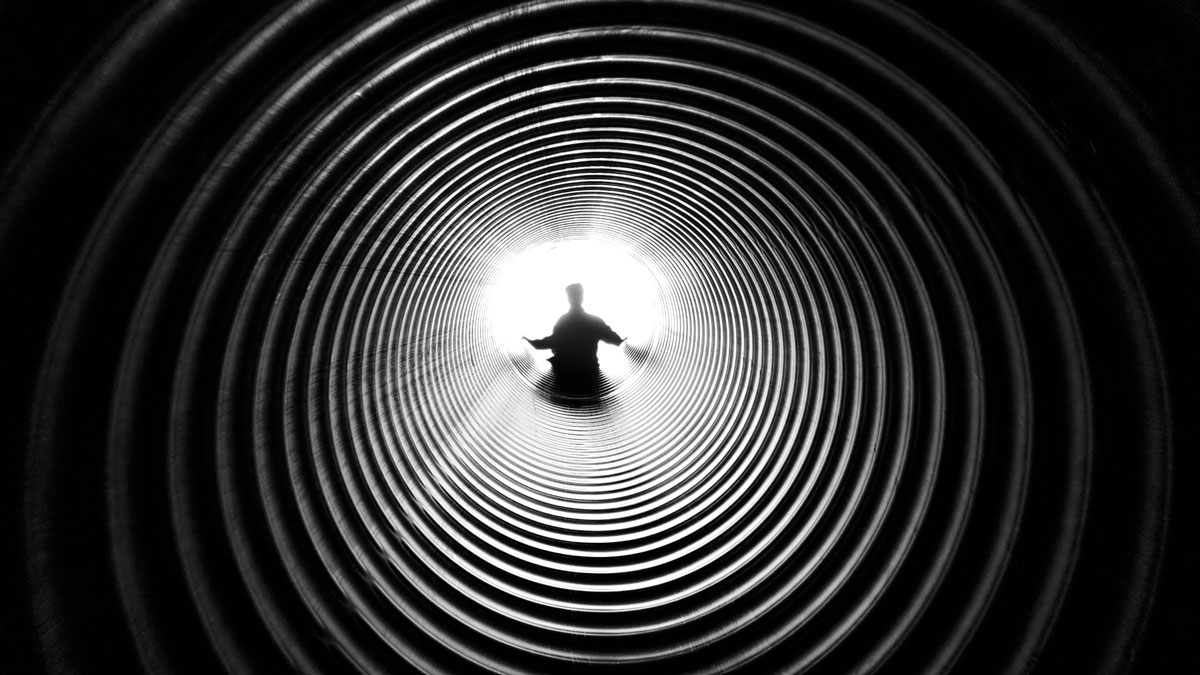
Humans have a knack for creating structured and repetitive designs, making artificial patterns abundant in urban environments. Buildings with rows of windows, tiled floors, or the intricate details of a wrought-iron gate are excellent examples. These patterns can convey a sense of order and human craftsmanship.
Geometric Patterns

Geometric patterns are precise and mathematical in nature. They involve shapes, lines, and angles that repeat in a structured manner. Examples include checkerboard patterns, hexagonal tiles, or the symmetry of a kaleidoscope. Geometric patterns can add a sense of order and symmetry to your images.
Random Patterns
Sometimes, beauty lies in randomness. Random patterns don’t follow a strict structure but can still create compelling compositions. Examples include scattered autumn leaves on the ground, a pile of colorful candies, or a group of people in a crowd. Capturing random patterns can evoke a sense of spontaneity and diversity in your photographs.
Texture Patterns
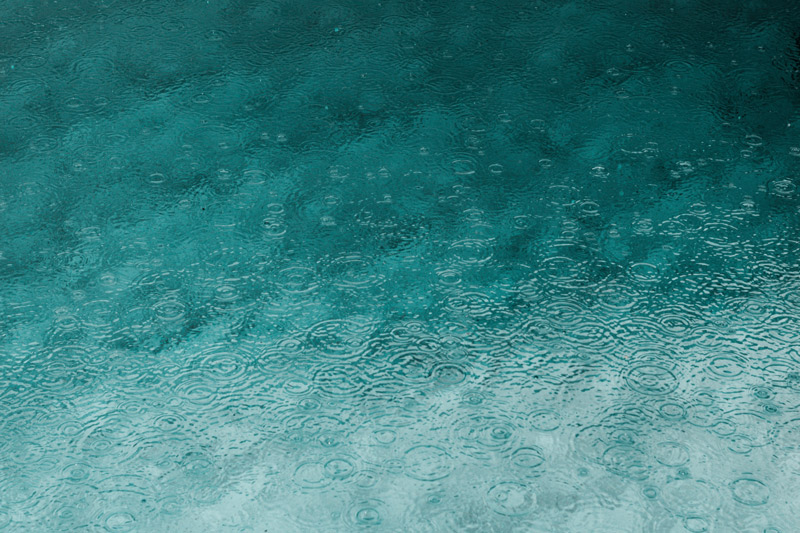
Texture patterns focus on the tactile quality of surfaces. They involve repeating textures that create a sense of touch through the visual medium. Examples include the rough bark of a tree, the soft ripples of sand on a beach, or the pattern of fish scales. Texture patterns can add depth and a tactile feel to your photos.
Color Patterns
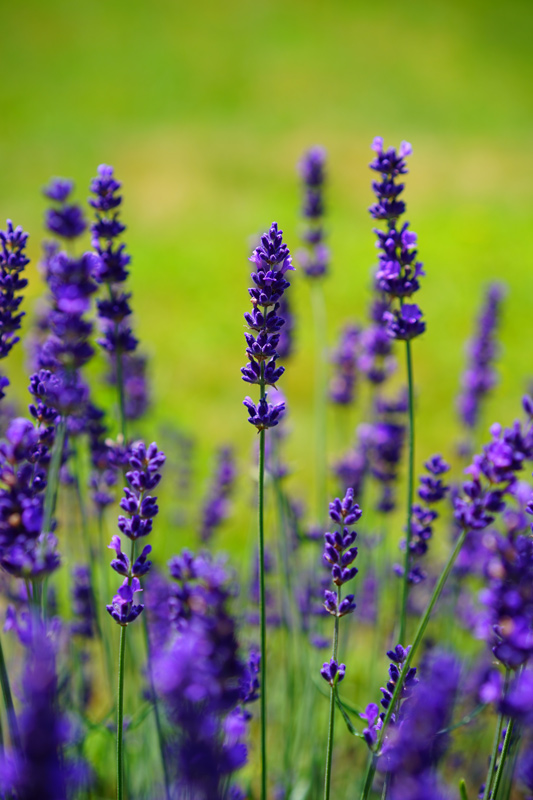
Colors can be used to create visually striking patterns. This type of pattern relies on the repetition of specific colors or color combinations. Examples include a row of vibrant beach umbrellas, a field of blooming flowers, or a rainbow stretching across the sky. Color patterns can evoke strong emotions and create a visually captivating experience.
Light and Shadow Patterns
Patterns can also emerge through the interplay of light and shadow. Light patterns can be seen in the way sunlight filters through leaves in a forest, creating dappled shadows on the ground. These patterns can add a sense of drama and contrast to your photographs.
How to Use Patterns in Photography
Focus on Detail
To capture patterns effectively, get up close and personal with your subject. Use a macro lens or zoom in to highlight intricate details.
Composition
Incorporate patterns into your composition by positioning them strategically within the frame. Consider the rule of thirds or leading lines to enhance the visual impact.
Contrast
Highlight patterns by contrasting them with a different element. For instance, photographing a single object against a repetitive background can make the pattern stand out.
Lighting
Pay attention to how light interacts with patterns. Shadows and highlights can emphasize the texture and depth of a pattern, adding dimension to your photo.
Perspective
Experiment with different angles and perspectives to capture patterns in unique ways. Shooting from above, below, or at eye level can yield striking results.
Color and Texture
Patterns can be even more captivating when colors and textures are emphasized. Play with color contrasts and experiment with post-processing to enhance texture.
Conclusion
Patterns in photography provide an exciting avenue for creative expression. Whether you’re capturing the symmetry of a skyscraper, the intricate details of a flower petal, or the randomness of fallen leaves, patterns add depth and interest to your photographs. By understanding the various types of patterns and how to incorporate them into your compositions, you can take your photography to the next level and create visually stunning images that captivate your audience. So, grab your camera and start exploring the world of patterns waiting to be discovered through your lens.
Thank you Pexels

Wow